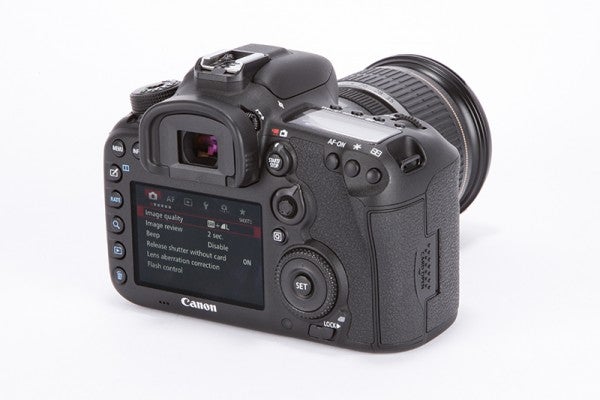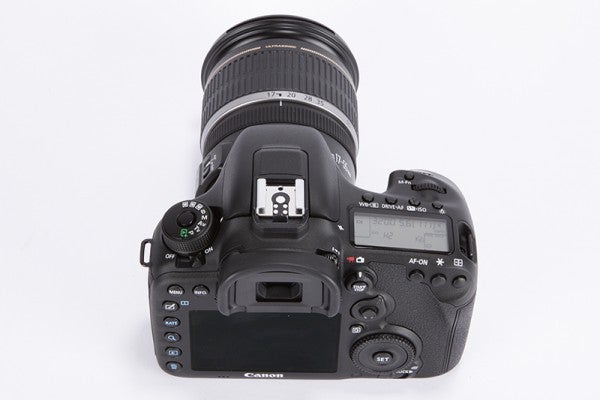Canon EOS 7D Mark II Review - The Canon EOS 7D Mark II is a DSLR five years in the making, but with a 10fps continuous shooting rate and 65 cross-type AF points it could well be the perfect camera for the enthusiast sports and wildlife photographer
Canon EOS 7D Mark II Review
It would be difficult to raise such concerns with Canon when you consider the EOS 7D. The original model was released some five years ago now, and yet it was only recently that the manufacturer announced the successor – the new Canon EOS 7D Mark II.
While the new model has been a long time coming, it does arrive with some eye-catching features targeted at the wildlife and sports photographer alike. These include a fast maximum shooting speed of 10fps, as well as some 65 cross-type AF points and a fully weather sealed body.
With those eye-catching performance figures the 7D Mark II looks well set for those wanting a speedy enthusiast-level DSLR.
Canon EOS 7D Mark II Review – Features
As you might expect for an upgrade which has been five years in the making, the EOS 7D Mark II features a wide range of improvements on its predecessor.
These upgrades begin with the camera’s sensor. The resolution of this chip jumps from 18MP to 20.2MP, with the sensor itself completely redesigned in comparison to its predecessor.
The sensor retains its APS-C dimensions which might mean that noise might become an issue at the highest ISO settings. However, the 1.6x crop factor will result in those with telephoto lenses gaining some focal length on their long lenses which could be useful for wildlife and sports photography.
The camera is also boosted with regards to image processing. The 7D Mark II boasts not one but two DIGIC 6 processors which will provide improved in-camera JPEG image processing. The pair of processors are also behind one of the other headline features of the 7D Mark II – namely the continuous shooting speed.
Continuous shooting speed
The model’s predecessor, the original 7D, was capable of a reasonable continuous shooting speed of 8fps, although this has now jumped up to 10fps at full resolution. The 7D Mark II also features an impressively large buffer, managing a limitless amount of JPEGs to be shot without the buffer slowing, or around 31 Raw images.
There’s also been a substantial improvement when it comes to the camera’s ISO range, with the 7D Mark II now featuring a 100-1600 native ISO range, extendable to ISO 25,600 and 51,200 in both the H1 and H2 settings.
Other features of the sensor and processor combination include the capability to shoot Full HD video at a variety of frame rates, the highest being 60fps in NTSC and 50fps in PAL.
For more advanced videographers there’s also the option to output uncompressed 4:2:2 video through the camera’s HDMI port.
In terms of image capture and review, the 7D Mark II features a well-proportioned 3in, 1.04-million dot LCD screen. Unfortunately, however, the screen is both fixed and lacking in any kind of touchscreen functionality, two features which have proved both popular and successful on the EOS 70D.
The viewfinder, meanwhile, features a transmissive LCD panel which allows for the display of shooting information or a dual-axis electronic level, as well as a range of other shooting settings.
Lacking Wi-fi
One slightly disappointing omission from this extensive list of features is any kind of Wi-fi functionality. This is a feature which has become almost as standard for new DSLRs, and although it can be provided with the utilisation of an Eye-Fi SD card it’s a shame to not be supported as standard.
The model does feature a small GPS module, however, while it also features a pair of card slots catering for both SD and CF cards.







